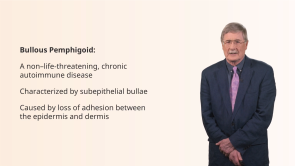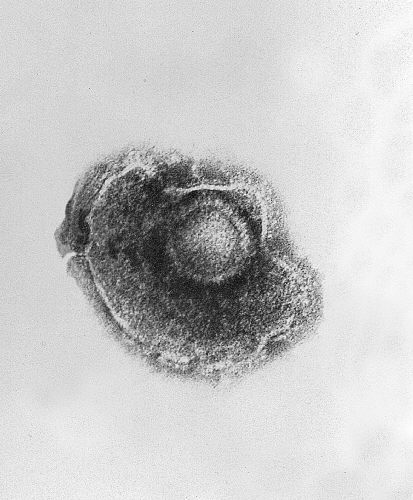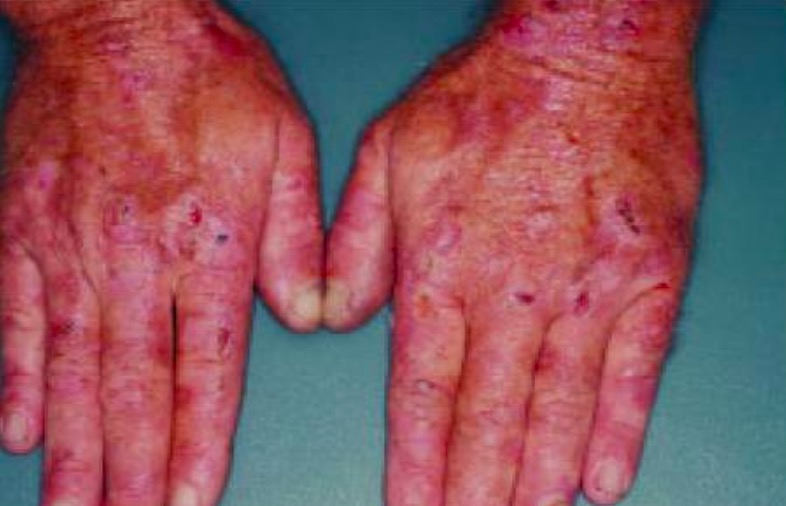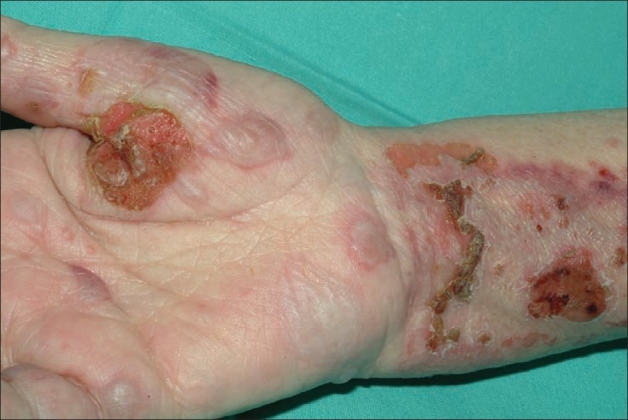

Blistering Skin Disorders
by Richard Mitchell, MD, PhDThe ability to accurately diagnose and manage blistering disorders is critical in clinical practice, as many of these conditions can have severe systemic implications and significant impact on patient quality of life. From autoimmune conditions like pemphigus and bullous pemphigoid to genetic disorders such as epidermolysis bullosa, understanding these diseases enables healthcare providers to initiate appropriate treatment promptly, prevent complications, and improve patient outcomes through targeted therapeutic approaches.
Course Details
- Videos 7
- Duration 0:53 h
- Quiz questions 25
- Concept Pages 2





